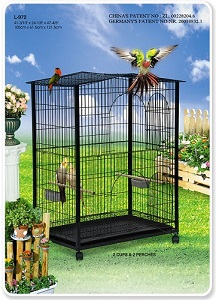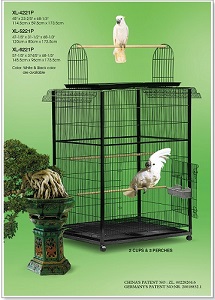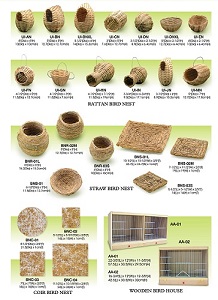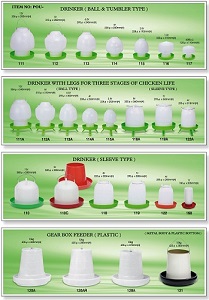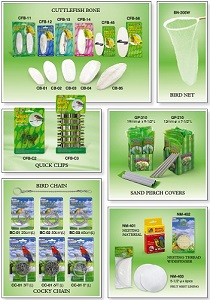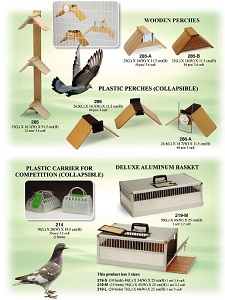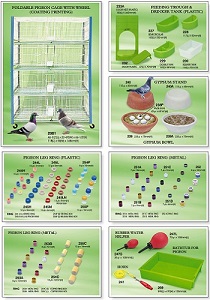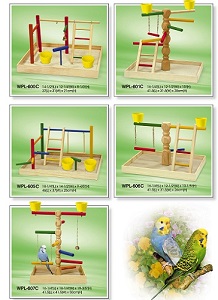Inkjet printing is another new “universal†printing technology after screen printing. It has developed rapidly with the continuous development of computer control technology and packaging technology, and is now available on many modern factories and packaging automation lines. application. Inkjet printing has the advantages that other printing methods cannot match, such as wide adaptability, high-speed intelligence, low cost, and no pollution. The operator can easily and quickly print the date, specifications, shelf life, quantity, bar code, etc. on the field (in motion) package. The ink-jet printed product dries quickly and can immediately enter the next process. Unlike traditional package printing, inkjet printing eliminates the need for plate making and specialized prepress assistive processes.
The advanced inkjet printing system only requires the operator to press the keyboard while operating, and can change the fonts, symbols and various graphics needed to be printed. It can not only be used for printing text and numbers, but also can achieve the printing function of selecting extended barcodes and user (customer) anti-counterfeiting marks. The inkjet printing system has far exceeded the scope of traditional printing. In addition to its black and white and color printing functions, it also has data processing and information storage functions. It can store hundreds of independent codes (digital, character sets, etc.) and nearly 10,000 characters by selecting (installing) a memory storage. It is connected to a computer, which allows you to record and report your work. When it is connected in series with the host, it can also print out the weight on the packaging (or other printed parts), record various data from satellite communications, draw atmospheric cloud maps, and so on. Inkjet printing has been widely used in the printing of packaging surfaces of various shapes and materials in the field, whether porous or non-porous, flat or curved, fabrics or ribbed surfaces such as plastic, cloth, paper, fur, ceramics , glass or metal. It is also suitable for printing at various speeds, regardless of constant speed, variable speed or intermittent operation, and is most suitable for continuous non-stop operation of the packaging production line. Inkjet printing numbers, dates, etc., on continuous production lines are more economical and faster than other printed or pasted labels. The principles of inkjet printing, whether it is for inkjet printing in the packaging field or inkjet printing for the office sector, are basically the same. Now take the office inkjet printer as an example, introduce the principle of inkjet printing.
There are two main types of inkjet printers on the market today: piezoelectric (such as the EPSON company's product) and bubble (such as HP, Canon's products). One end of the ink tank of a piezoelectric inkjet printer is a nozzle, and the other end is a piezoelectric material (mostly a lead-aluminum-titanium piezoelectric crystal). The ink is pressed out of the nozzle at a high speed by the deformation of the piezoelectric crystal. After the ink is ejected, the ink cartridge is promptly filled in. The Bubble Jet printer is equipped with a thermal resistor near the nozzle. The current pulse applied by the digital signal instantly generates heat (up to 100°C/s and temperature up to 280°C). The ink is quickly heated locally. A small amount of ink around it boils to form a bubble. With the high pressure of the bubble, the ink droplet is ejected from the nozzle and the bubble disappears and takes away heat. Ink is quickly filled in by the reservoir through capillary action. The development of inkjet ink The principle of inkjet printing determines that ink jet ink has some special properties. First, the ink must have a certain viscosity, surface tension, pH and other physicochemical properties. The general ink has a surface tension of (3.0 to 5.0) 10-2 N/m, a viscosity of 1 to 3.0 mPas, and a pH of 8 to 9 are suitable. Second, the ink should also have long-term storage stability, good continuous and intermittent printing performance, good color, brightness, purity and color saturation and water, light, weathering resistance. In addition, the composition of the ink cannot react chemically with the nozzle to avoid clogging of the nozzle; the ink is to be printed clearly and the drying speed is fast, but it cannot be evaporated too fast during the spraying process or when not in use; the image and text printed by the ink should be Neat, no proliferation, lack of ink, inequality and other phenomena.
In order to meet the above performance requirements for ink jet inks, inkjet inks generally consist of the following components: solvents, colorants, surfactants, humectants, pH regulators, drier, metal ion chelators, preservatives, and Other additives.
Since 1970, according to the principle of different ink jet technologies, various ink jet printers have been developed and marketed as commodities. Inkjet printers have become a new type of high-speed, low-noise product that attracts attention in non-impact styles. Output equipment, the development is extremely rapid.
As a result, inkjet inks have also been further developed, especially for liquid color inkjet printers. As early as 1974, a German company introduced a color ink. Since then, major companies have accelerated the study of ink. For example, IBM in the United States and Fuji in Japan have done a lot of work. In particular, in 1982, after Canon's bubble inkjet printer was introduced, ink research and development progressed more rapidly. Canon first introduced an ink suitable for bubble jet printers. This ink has good storage stability and has good intermittent and continuous printing performance. At the same time, major companies have begun to improve the formula of ink. For example, EPSON has developed an ink which can dissolve the filler medium applied on the surface of the paper when the ink comes in contact with the paper. When the ink is exposed and the ink droplets are immediately absorbed, the drying speed is fast and each ink dot can be maintained. High degree of roundness. Problems faced by domestic inkjet printing Inkjet printers have been accepted by more and more users with their excellent price/performance ratio. However, in China, the further development of inkjet printing technology is still affected by some factors. According to relevant data and the author's investigation into the domestic market, China has not really developed a variety of ink jet inks with relatively stable performance so far, so inkjet inks in the domestic market, especially color inkjet inks, are almost all available. Relying on imports, the prices of these imported inkjet inks are quite high, which seriously hampers the development of the inkjet printing industry and related industries in China. Therefore, improving the performance of ink, especially the development of a good color, safety, and stable performance of the ink has become the most urgent problem in China.
Reprinted from: printing technology Author: Luo Guanglin
